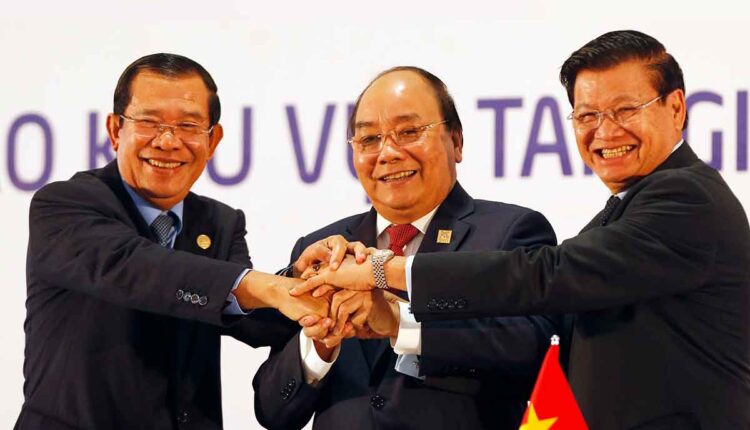By Soben Ung

On February 27 2024, Cambodia, Laos and Vietnam held the 13th meeting of the Joint Coordination Committee on CLV Development Triangle Area in Attapeu, Laos. According to Vietnam Law Magazine, Vietnam claimed that it had poured $3.7 billion into Laos and Cambodia, of which Cambodia received $1.7 billion in 45 projects in the Development Triangle Area since it was established in 1999.
The project, if one is to believe the official line, is aimed at promoting socio-economic development, regional connectivity as well as exchanges among parliaments, governments, organizations, and people, through business, trade and investment.
Vietnamese minister of planning and investment Nguyen Chi Dung urged for a “breakthrough measure for infrastructure and human resources development as well as institutional reform to carry out and build cooperation plans for Cambodia-Laos-Vietnam Development Triangle Area.” He said results have not met expectations for the three countries’ economies connectivity by 2030.
Dangers of the development triangle
These CLV secret agreements and projects have been sharply criticized by the Cambodian Border Committee in France and worldwide, headed by Dr. Dy Kareth: “These development schemes are a cover for modern day colonialism, characterized by deforestation, land eviction without relocation or compensation, exploiting Cambodia’s and Laos’ natural resources such as hydro-electric energy, timber, gold and gems in the Mondulkiri province with little revenue going to their national coffers.”
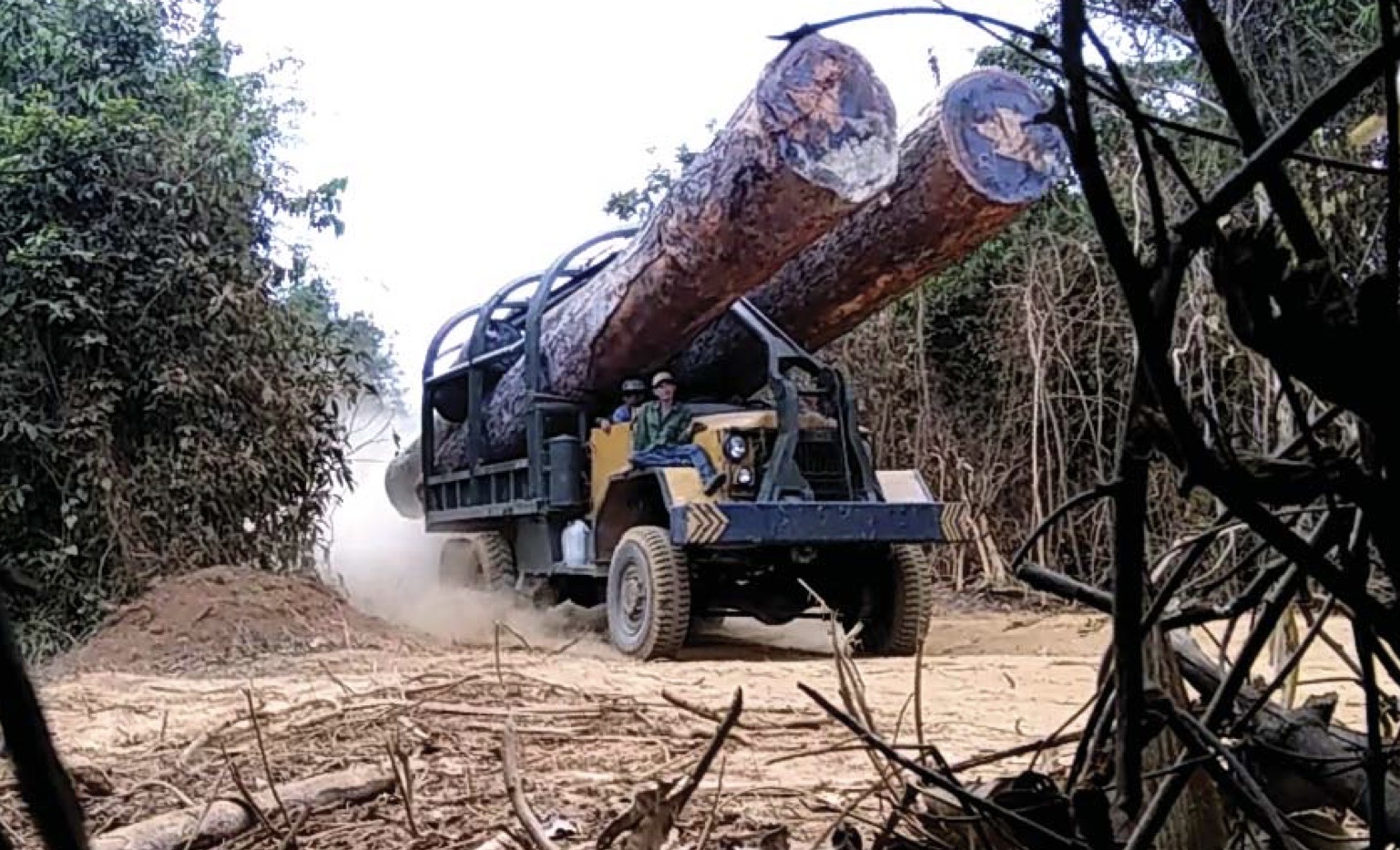
A report released by Environmental Investigation Agency in 2017 stated “Repeat Offender: Vietnam’s persistent trade in illegal timber – corrupt Government officials and military personnel in Vietnam are complicit in smuggling huge quantities of illegal timber from Cambodia. Those involved are pocketing millions of dollars in bribes from timber smugglers for their part in allowing hundreds of thousands of cubic meters of logs stolen from Cambodia’s National Parks to be laundered into Vietnam’s voracious timber economy.”
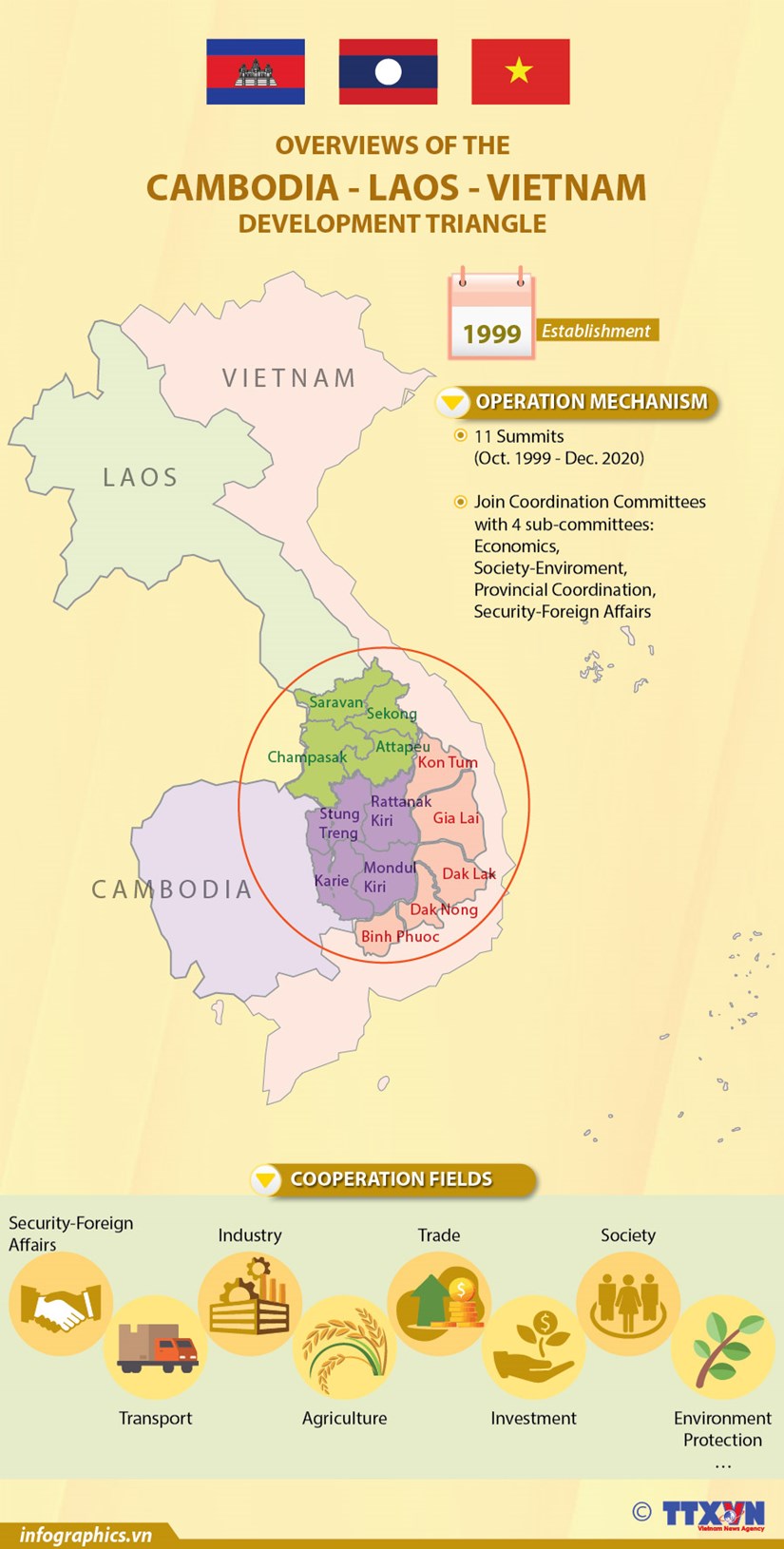
The CLV’s development triangle for now consist of 13 provinces, with plans to expand: 4 provinces from Cambodia, Ratanakiri, Stung Treng, Mondulkiri, Kratie, 4 provinces from Laos, Attapeu, Salavan, Sekong, Champasak, and 5 provinces from Vietnam are Dak Lak, Gia Lai, Kon Tum, Dak Nong and Binh Phuoc.
According to a study published in 2012, most of the residents in Cambodia’s four provinces are farmers and fishermen, with a poverty rate of 46%, with literacy rate at 60%, lower than the national average. The region consists of thick forest and fertile soil which is favorable for plantation and agriculture. The region is sparsely populated compared to its counterpart in Vietnam. There are 642,461 inhabitants, 47,256 square kilometers in Cambodia’s four provinces while there are 4.9 million inhabitants in Vietnam’s 5 provinces, 51,742 square kilometers according to a Bangkok Research Center Report published in 2013.
Loss of land and sovereignty
Cambodian civil society have sounded the alarm because the development will erase the livelihood of the indigenous minority community. In addition, Cambodia will lose its territorial integrity and sovereignty, which the 1991 Paris Accord guaranteed to the Cambodian people, due to the influx of unlimited migrations from Vietnam to the region tosettle the vast region with a 99-year lease to Vietnamese companies, state-owned rubber plantations and lease of vast areas of land. For example, the Mundolkiri province has 61,107 people living in 14,628 square kilometers, of whom 80% are indigenous minority. Vietnam’s similar size province such as Dak Lak has 1,677,000 inhabitants living in 13,062 square miles. In short, there are 7.6 Vietnamese inhabitants to 1 Cambodian.

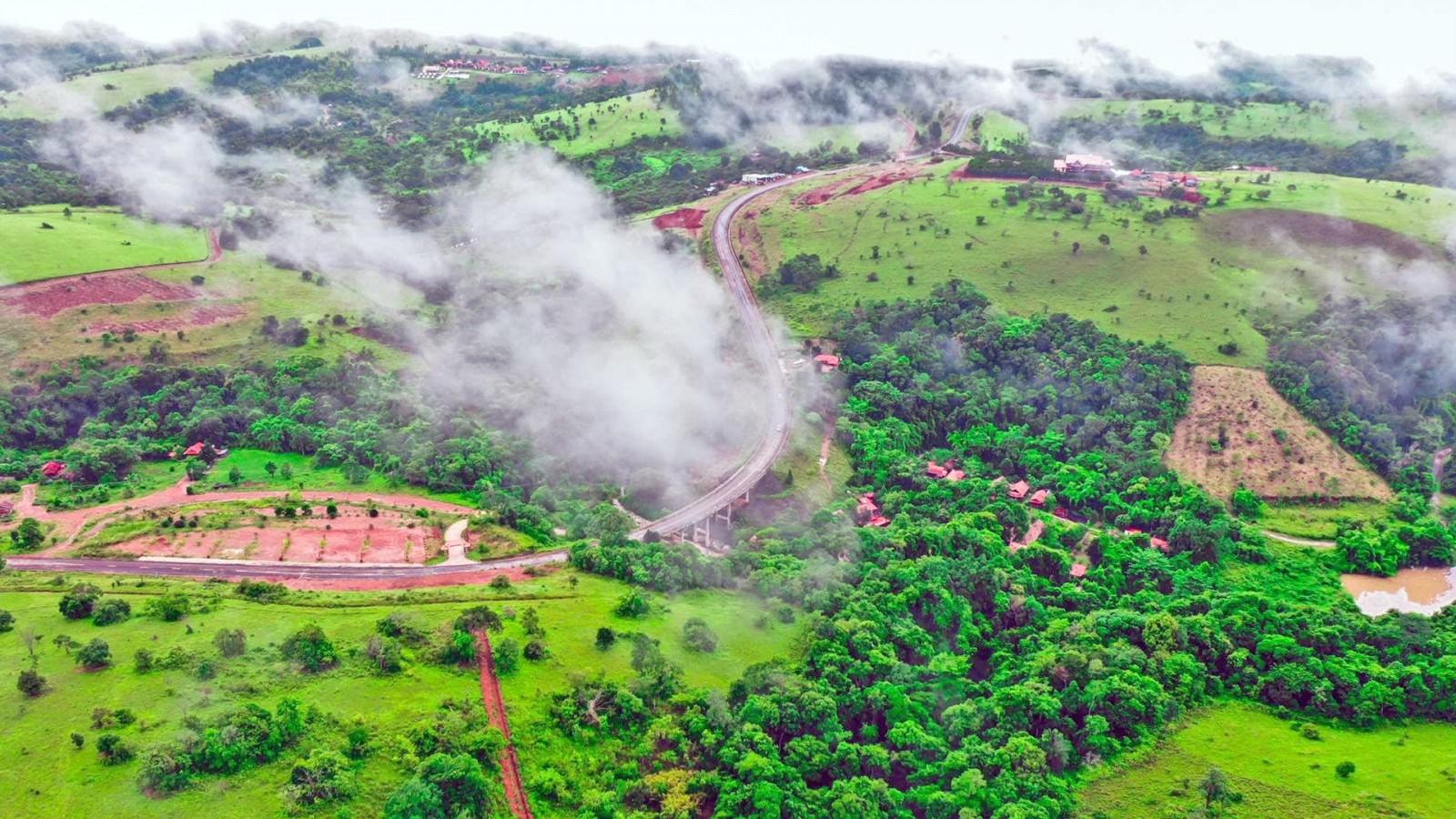
“On the surface, it sounds like a normal strategic economic trade and development agreement, until one looks at its effect on the population, the environment, the society, the territorial integrity, the sovereignty of the weaker country and its similarities with China’s Belt and Road and the defunct USSR or the Russian Eurasian Economic Union which was supposed to be Russia’s response to the EU. It is actually colonialism happening under our nose, disguised as development” said Dr. Nicole Ung, human and land rights advocate with the Meboun Foundation.
Deep Ties with Russia

Vietnam established a similar comprehensive strategic partnership with Russia dating back to 1950. The two countries engaged in high level political dialogues, industry, trade, technology finance, education, and tourism. Their bilateral trade amounted to $3.55 billion a year in 2022. They also established a Vietnam-Russia Joint Venture Bank for Investment and Development of Vietnam which has been operating since 2006. Russia granted scholarships to 1,000 Vietnamese students per year to study at universities in Russia. Their close ties is why Vietnam is the only country in Southeast Asia that President Putin visited four times and on March 26, 2024 it is reported President Putin will visit Vietnam again soon.
Vietnam copied and used the structure of the former USSR to develop strategic partnerships with Cambodia and Laos. The partnership began 25 years ago with only a few provinces at the border between the three countries, but has now expanded to cover all provinces of the three countries.
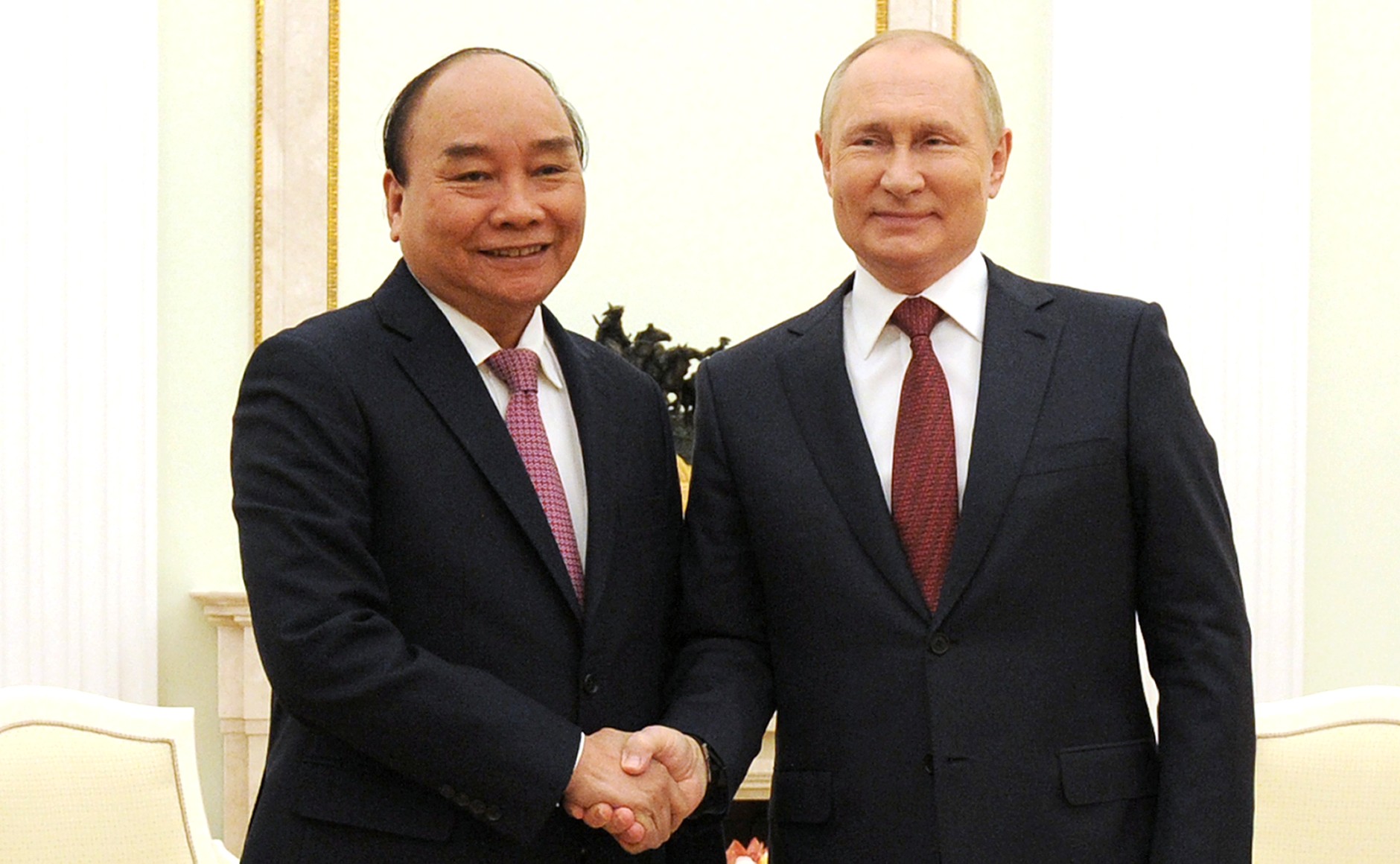
Unknown to the population, a Cambodia Laos Vietnam Parliament has been created like the EU: it includes law and justice cooperation, defense cooperation, border trade, banking, labor, electric dam, telecom cooperation. The CLV parliament is like the EU in Europe but dominated by Vietnam, which has 100 million in population vs. Khmer’s 17 million and Laos’ 7 million.
Cambodia is a democratic country according to the Paris Peace Accord 1991 but every election has not been free or fair according to international observers. The Cambodian People’s Party (CPP) was created by Vietnam – a communist government after their invasion of Cambodia in 1979. The CPP is led by a figurehead – strongman Hun Sen who stayed in power for 38 years then passed on to his son Hun Manet in 2023. Despite Cambodia establishing a friendly relationship with China in recent years, Vietnam has been using its puppet Hun Sen (now Hun Manet) to further its goal in colonizing Cambodia and Laos. With the CLV-Development Triangle Area established since the 90s, Vietnams’ influence is gaining strength in both countries over the last few decades. Back in 2018, Prime Ministers from the three nations met in Hanoi, and committed themselves to put this comprehensive strategic partnership into the larger regional plan of the ASEAN Community Vision Plan in 2025.
Vietnam’s domination of Southeast Asia would extend the power of China and Russia’s influence when it comes to voting on important issues on the international stage such as the ASEAN countries and the United Nations because of their communism ideology alignment.
All of Indochina governed by Vietnam?
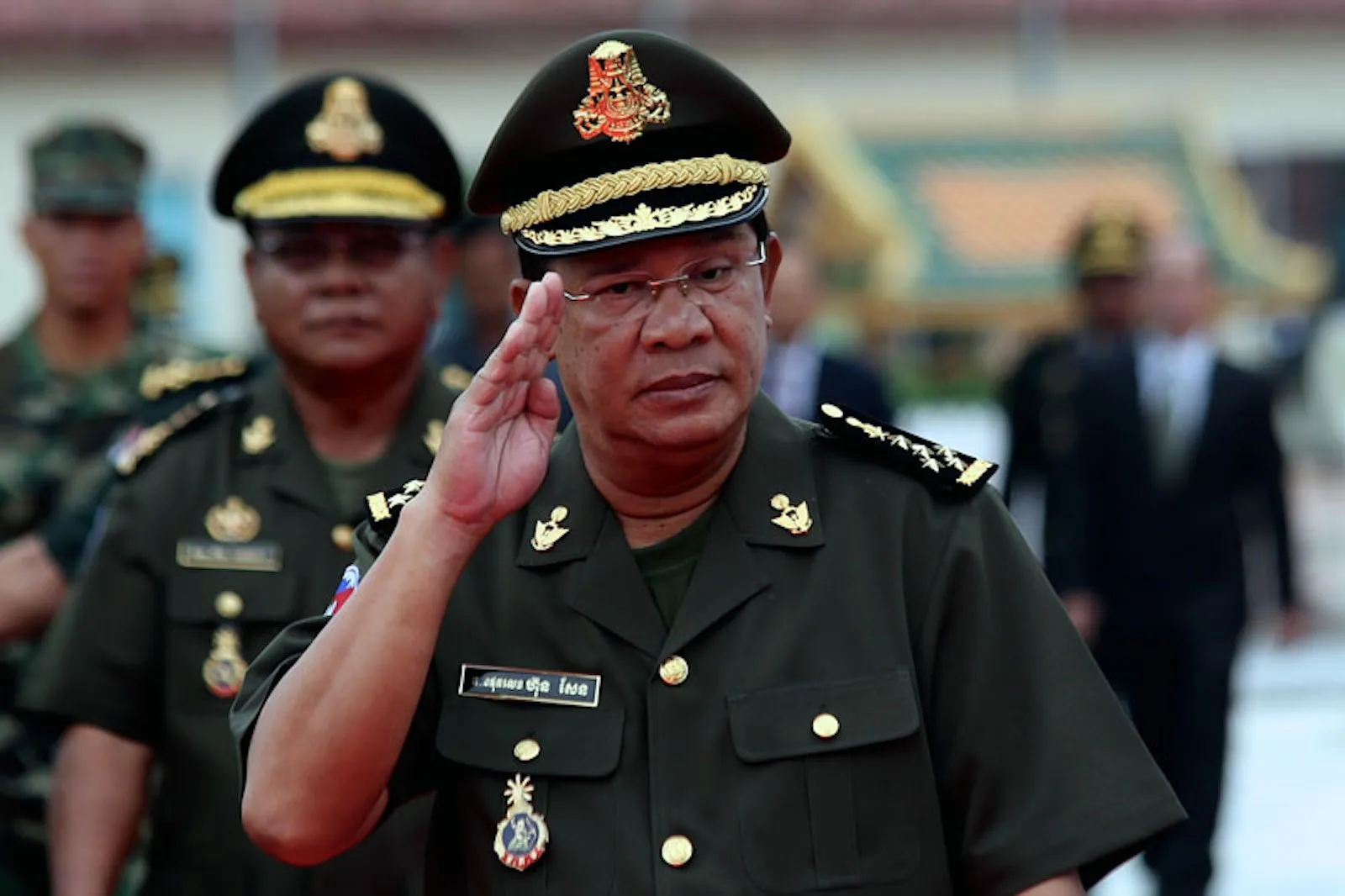
Cambodia, on the other hand, is a democratic country with a constitution based on the 1991 Paris Peace Accords that could naturally align itself with the West. However, Vietnam installed the puppet government of Hun Sen (now Hun Manet) in Cambodia to serve its own interest, similar to the way Russia installed the former Ukraine President Viktor Yanukovych prior to Putin annexing Crimea. Speaking up against government policy or its friendship with Vietnam would result in arrest and jail. Um Sam An, a member of the CNRP opposition party was arrested and jailed in 2016 for over two years for speaking out about the border issue. He said CLV-Development Triangle is a small Indochina, governed by Vietnam, similar to how Ho Chi Minh governed the entire Indochina.
He said the danger is that it can be like Kampuchea Krom. In the future, Vietnam can annex these provinces and make them Vietnam’s territory because under this development, the Vietnamese will not need a visa to cross the border and can live in those four provinces without any paperwork. When there are more Vietnamese than Khmer in that population, any referendum vote would be more favorable to Vietnam, and they can come in with their military and say they come to protect their own people. Just like Russia annexing Crimea and claiming it is protecting its people.
Lesson from Kampuchea Krom
The Cambodian people always remember deeply in their hearts about Kampuchea Krom, (currently South Vietnam or Mekong Delta), where Vietnam secretly annexed 23 Cambodian provinces, about the size of Great Britain 67,700 square Km after the French Colonization period. There are 7 million Khmer Krom living in Vietnam, estimated by the Khmer Krom Federation in 2006. The Khmer Krom people lost their lands, nearly lost their language and religion due to the oppression, and are arrested for learning or speaking about their own history. The Cambodian people see a similar fate to all of Laos and Cambodia, and are fighting its own government to resist Vietnam’s influence and protect their border integrity and sovereignty.



